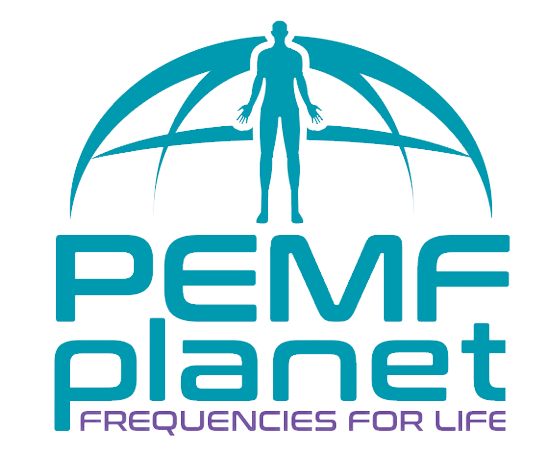
Rheumatoid arthritis (RA) is an inflammatory form of arthritis, which causes joint pain and damage. The main symptom associated with RA is swelling, which is caused by the disease’s attacks on the lining of the joints (synovium). The inflammation is a response to the reaction between white blood cells (leukocytes) and the synovial cells lining the joints. The white cells treat synovial cells as unwanted invaders. Women suffer from this condition up to three times more often. Approximately 1% of the population is affected by RA worldwide. Commonly, the onset of symptoms starts between the ages of 40 and 60. It is called juvenile rheumatoid arthritis when young children are affected by RA.
RA usually causes joint pain, swelling, and tenderness at several joints at the same time. It could also affect the fingers and hands, as well as the shoulders, elbows, knees, jaws, back and neck. The severity of the condition may vary with periods of strong symptoms followed by remission of pain and swelling. Over time it leads to joint damage and deformation. People suffering from RA may have difficulties completing even the simplest tasks.
RA could be treated using a promising novel strategy using the local or systemic delivery of extremely low frequency pulsed electromagnetic fields (PEMF). It targets the mesenchymal stromal cells/pericytes (MSCs), which improves their ability to modulate immune response and repair tissue. PEMF therapy physically stimulates and affects biological systems through the production of coherent or interfering fields that modify fundamental electromagnetic frequencies generated by living organisms.
PEMF produces a magnetic field that, in turn, produces a current in the conductive tissues of the body. The PEMF signal needs to be able to pass deep enough through the tissue to produce healing results. PEMF field intensity, frequency, and time of exposure are all important components. In order to deliver a therapeutic PEMF, it is necessary to optimize these three important parameters:
- frequency,
- intensity, and
- duration/time of exposure.
Many studies have reported that PEMF can modulate both cell surface receptor expression/activation, and downstream signal transduction pathways, thereby restoring homeostatic cell functions such as viability, proliferation, differentiation, communication with neighboring cells, and interaction with components of the extracellular matrix (ECM)
By modulating the expression of various signaling cascades and cellular information processing networks to potentially restore them to homeostatic (healthy) production levels, PEMF is showing promise as a treatment for autoimmune diseases such as RA (24–27).
Extremely low frequency PEMF also has an anti-inflammatory effect. PEMF can reduce chronic joint swelling and pain in patients with RA (25). The beneficial effects of PEMF have been reported to last up to 3 months or longer in human patients with chronic inflammatory/autoimmune disorders (38) with no evidence of adverse effects (39).
PEMF has been demonstrated to Accelerate Cell Differentiation, Increase Deposition Of Collagen, as well as potentially Return Vascular Dysfunction Back To Homeostasis.
Our PEMF Systems are also FDA and Health Canada Approved as a Medical Device for Pain Relief and Increasing Circulation.
